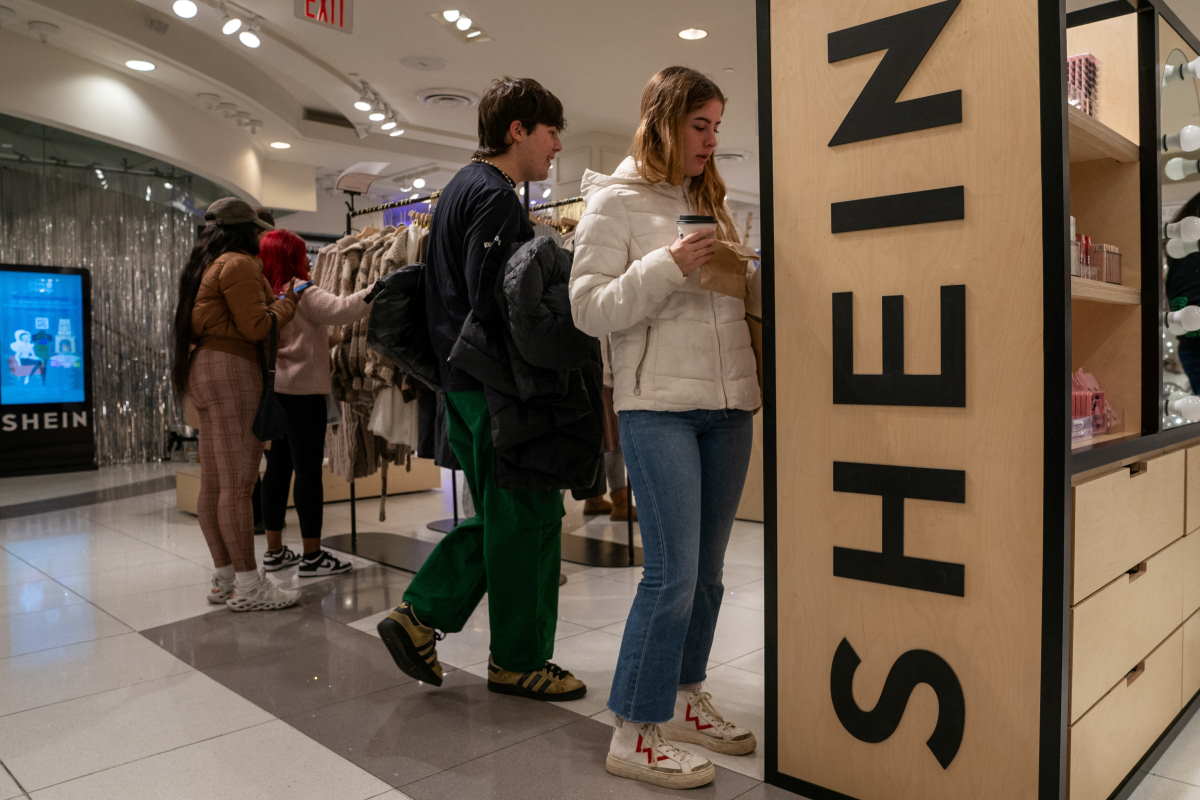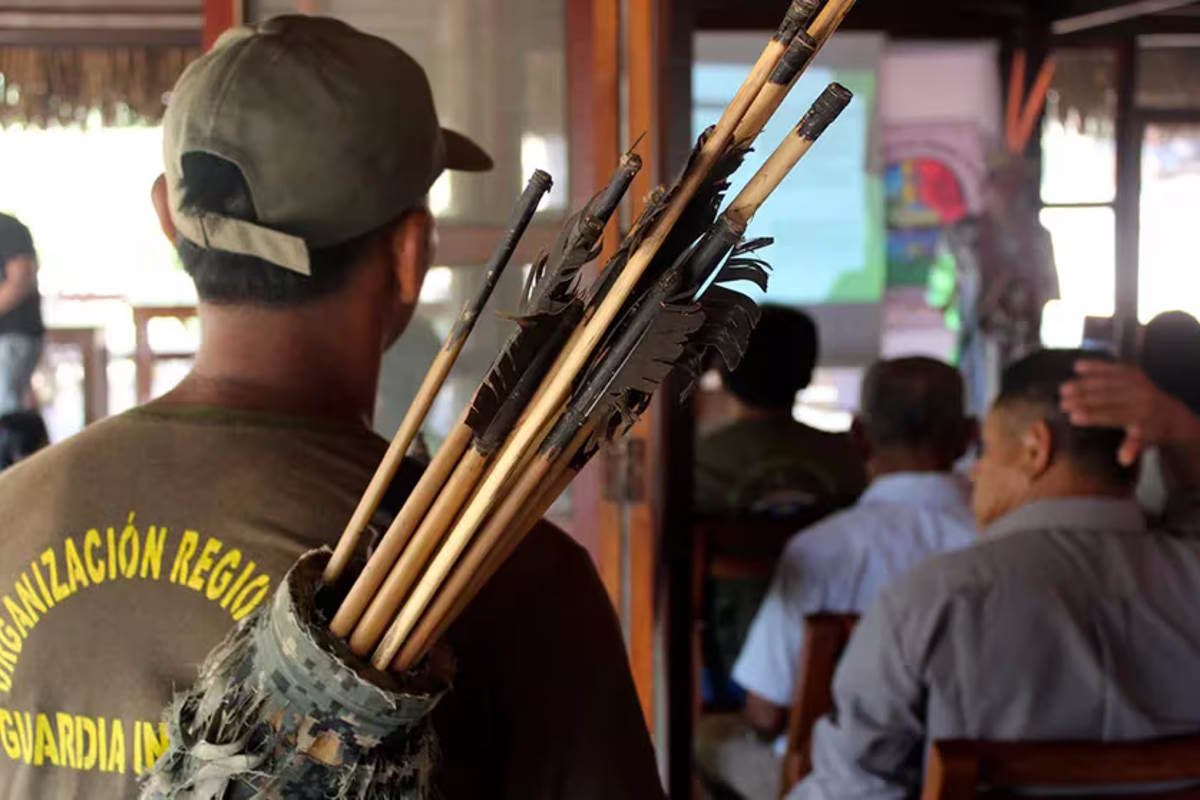$270 million for a Circularity Fund and $54 million intended to support local brands, designers and artisans: what really lies behind Shein's latest stunt

@Reuters
Shein has announced plans to allocate $270 million (approximately €250 million ) to the European Union and the United Kingdom over the next five years. This investment will be divided into two main initiatives: the creation of a €200 million ($216 million) Circularity Fund and an additional €50 million ($54 million) to support local brands, designers, and artisans.
Circularity fund to promote sustainable innovation
The Circularity Fund is designed to support European start-ups and businesses committed to developing innovative technologies and solutions focused on sustainability. This initiative is part of Shein’s broader strategy to promote circularity in the fashion industry, a critical issue given the significant environmental impact of the sector.
Shein aims to act as a catalyst to accelerate the widespread adoption of these solutions, facilitating the transition toward a more sustainable economy. Specific initiatives supported by the fund include collaborations to recover surplus fabrics destined for landfills, the adoption of low-water denim printing technologies, and research partnerships with academic institutions to develop recycled polyester fibers through chemical recycling.
Expanding the Shein exchange resale platform
In addition to the Circularity Fund, Shein will allocate$54 million (€50 million ) to initiatives supporting European brands, designers, and artisans, helping them grow in the online market through the marketplace services offered by the platform.
This includes funding for research and development projects, as well as support for production and commercialization through the Shein X program, which aims to provide visibility to emerging designers. Additionally, Shein is working to expand its resale platform, Shein Exchange, which was initially launched in the United States and is now being extended to France, the United Kingdom, and Germany.
With these initiatives, Shein aims to address criticisms it has faced in recent years regarding the environmental impact of fast fashion. The company also seeks to consolidate its presence in the European market by promoting a more sustainable and responsible business model.
However, it is important to not be misled by these promises. Behind these initiatives, there are often distractions that obscure the reality of a giant accused of greenwashing through projects that attempt to polish its brand image while hiding ongoing practices such as labor exploitation, the production of low-quality goods designed to be discarded quickly, and, above all, extensive pollution.

